【空间站】现场丨东北亚纪事:满铁、战俘与遣返
![]() {{newsData.publisher_name}}
{{newsData.update_time}}
浏览:{{newsData.view_count}}
{{newsData.publisher_name}}
{{newsData.update_time}}
浏览:{{newsData.view_count}}
来源 | {{newsData.source}} 作者 | {{newsData.author}}
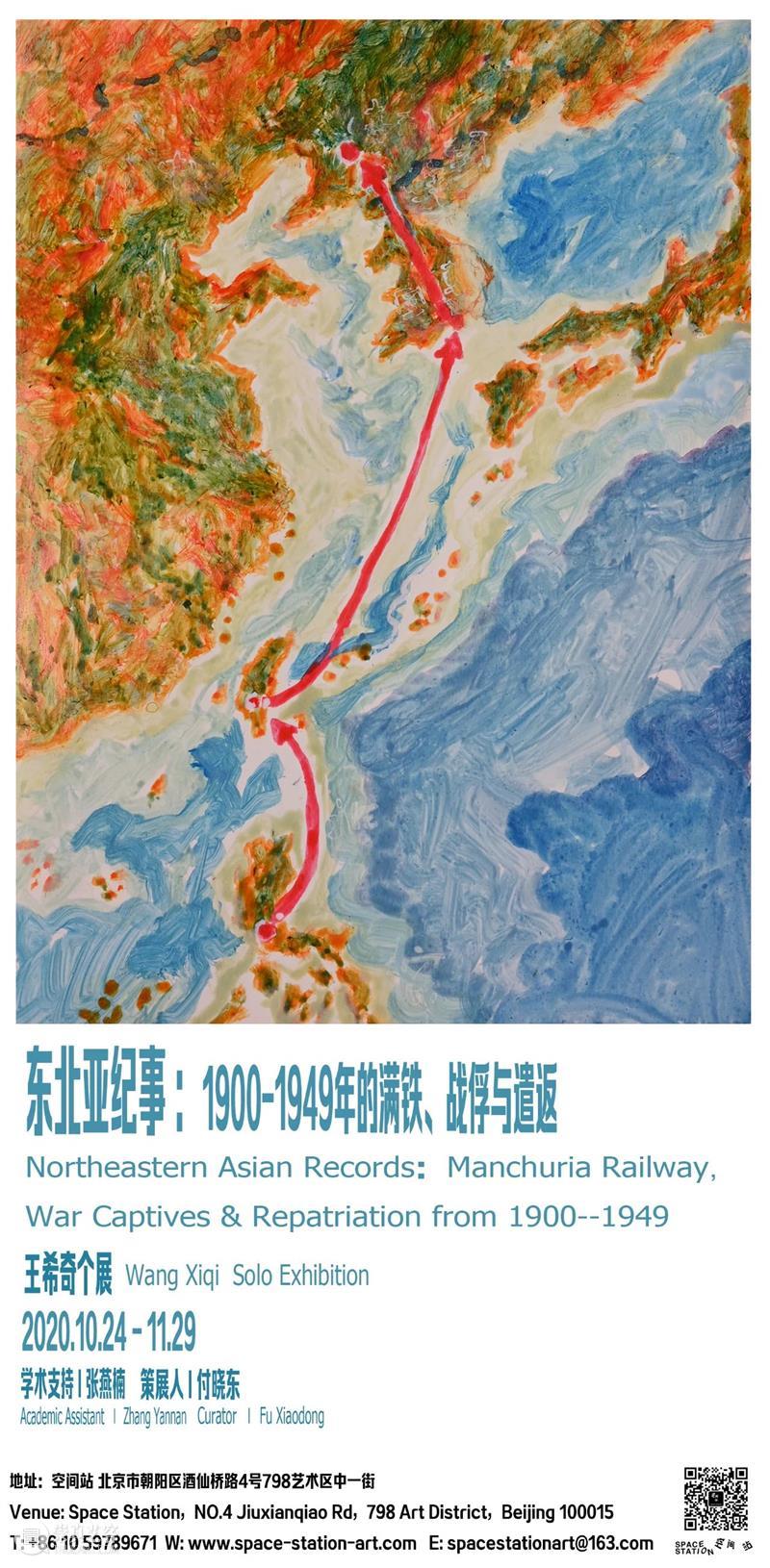
Northeastern Asian Records:Manchuria Railway,War Captives & Repatriation from 1900--1949日期 | Time:2020.10.24 - 11.29艺术家 | Artists: 王希奇丨Wang Xiqi
学术支持丨Academic Assistant:张燕楠丨Zhang Yannan
策展人 | Curator:付晓东丨Fu Xiaodong地点 | Venue:空间站 北京市朝阳区酒仙桥路4号798艺术区中一街 | Space Station, NO.4 Jiuxianqiao Rd, 798 Art District, Beijing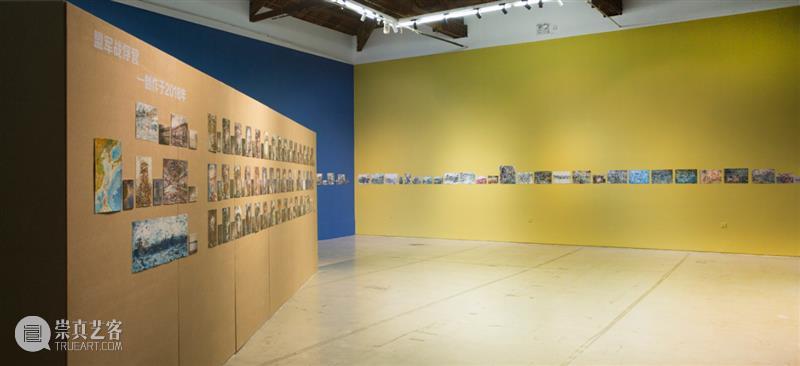
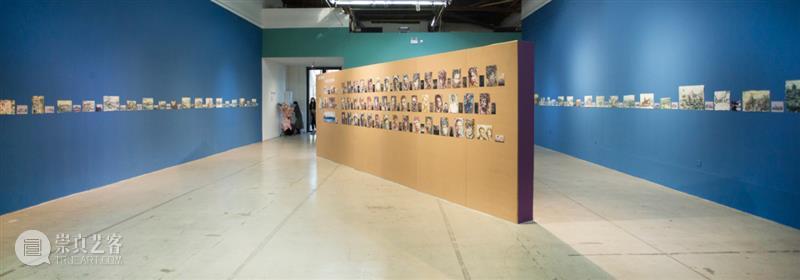
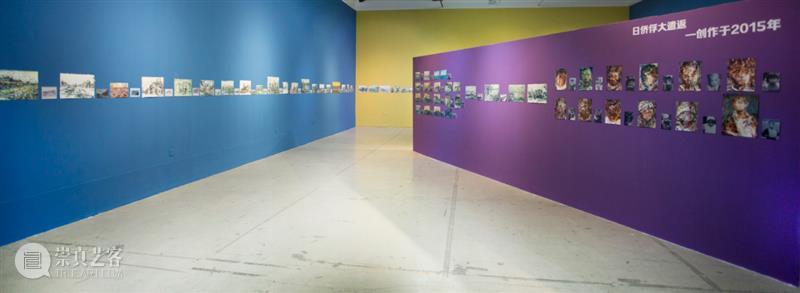
展览现场 | Exhibition Site
关于王希奇的《1946》
“日侨俘大遣返”作为历史事件,是日本殖民战争失败的尾声和细枝末节,而以此为背景的巨幅油画《1946》(长20米高3米)却打开了通向人类灵魂幽暗空间的永恒的窄门。这部作品不仅似一面镜子,更似禅学中的“俱胝一指” 。它不仅简单地向观者展示着一个历史事件,更多的是警醒世人以史为鉴。忘记历史是一种罪恶,但简单地将历史的仇恨种植于子孙后代的心中是更大的罪恶。艺术家王希奇的鸿篇巨制《1946》以特殊的视角,提醒着世人当以史为鉴,思之、计之,以期避免人类悲剧再次上演。在特定的历史背景下,“遣返”是与“殖民”相对的结构主义概念。有组织的人民迁移,叫做殖民;个体的搬迁叫移民。“殖”与“移”相去甚远。某种统治将民“殖”于某处,而民迫于压力,顺而从之;而民出于选择,改变居住地点,“移”至某处,定是为生存而计。当统治力量为了达到其目的,将个体移至某处定居,这种迁移就不再是个人生存的考量,而是出于政治目的。在此种意义上,“殖民”便是“侵略”。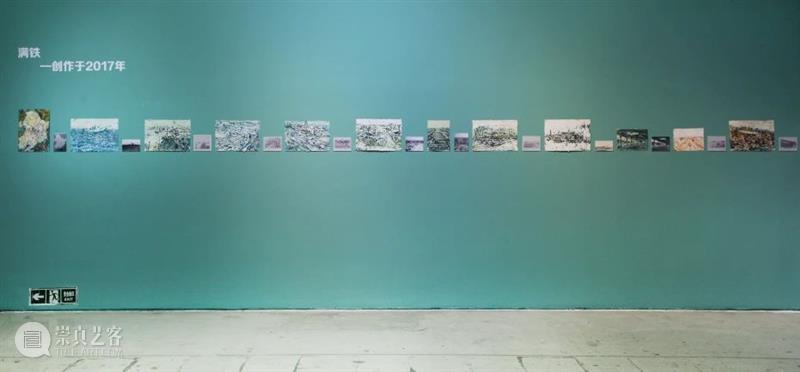
展览现场 | Exhibition Site
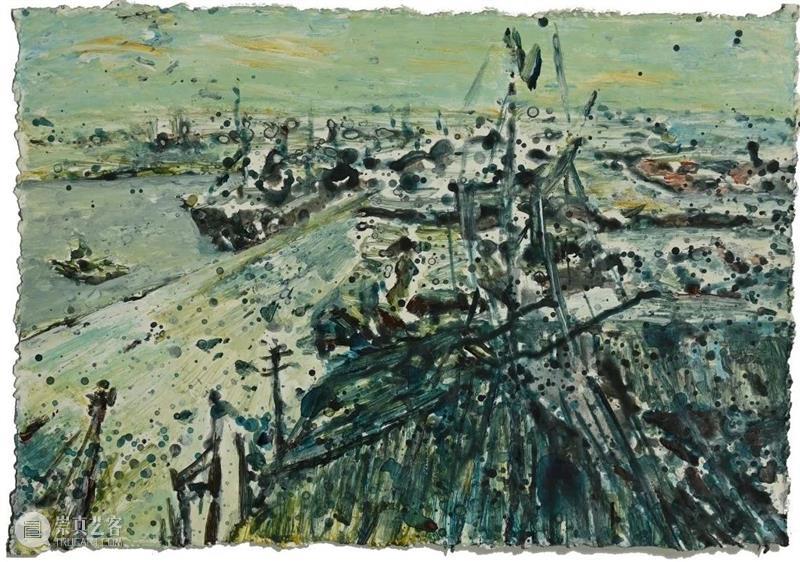
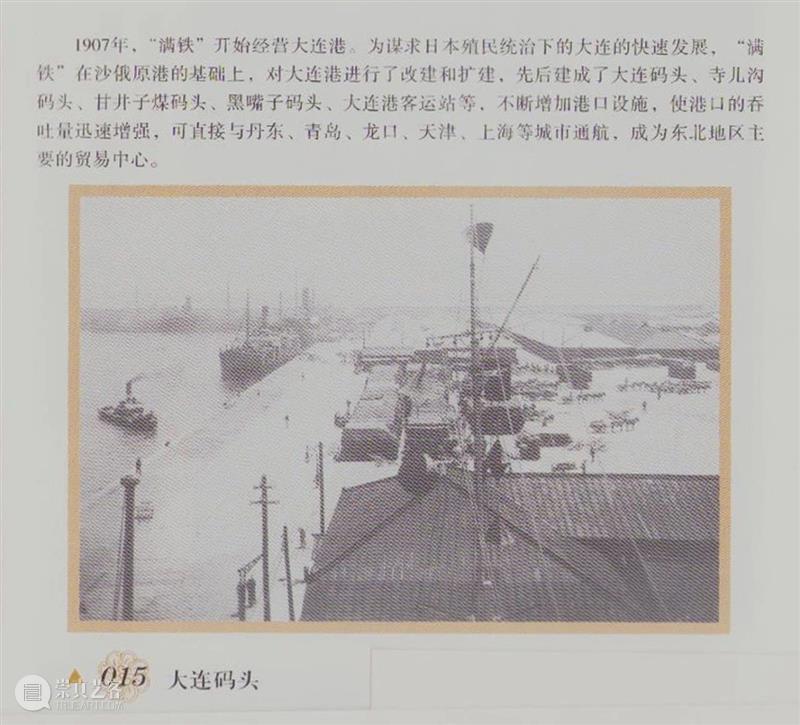
为了生存,飞禽猛兽皆有其领地,人亦如此。理想的格局自然是各守家园,互不相扰。然而,总会有侵略,因而,也会有抵抗,这也部分导致了个体放弃其“自然权利”,以获取“社会权利”(卢梭,《社会契约论》)。社会的结成,导致了社会权威,即,统治者的出现。也就是说,当人们决心守护超出其家园的群体领土的一刻,世界就已经被肢解,被分割成不同的国家。至此,民众思想中的家园的已经由个体的概念,演化为群体领土的概念。表面上看来,守卫领土是为了某一群体的生存,实则是为了维护权威的统摄范围。这不同于动物本性中的占据领地。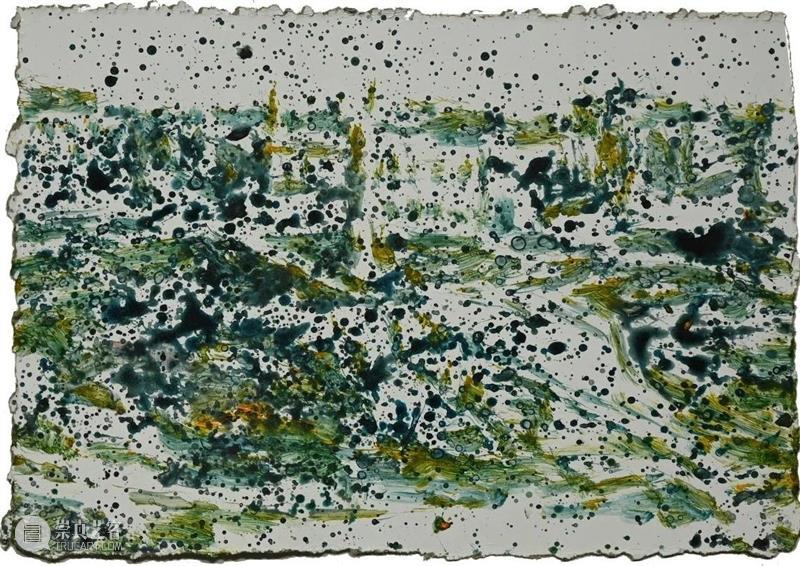
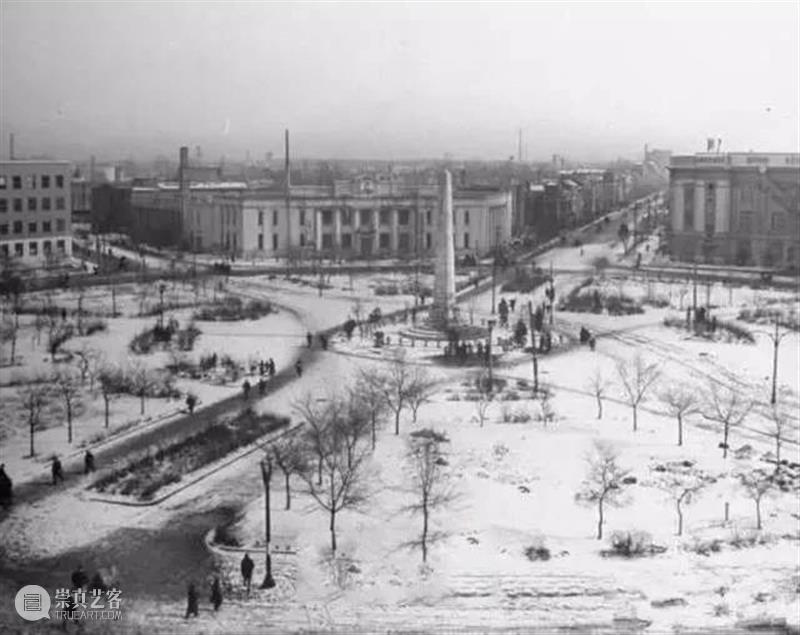
满铁 137 (文献资料)
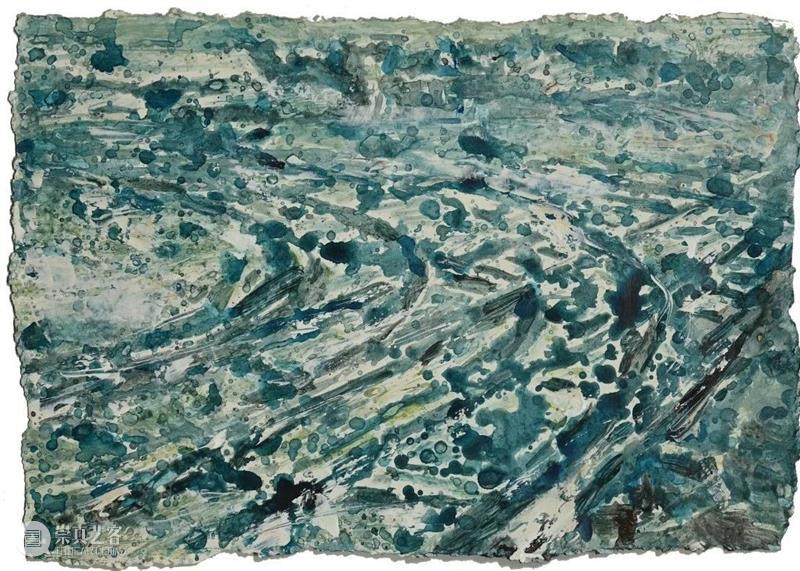
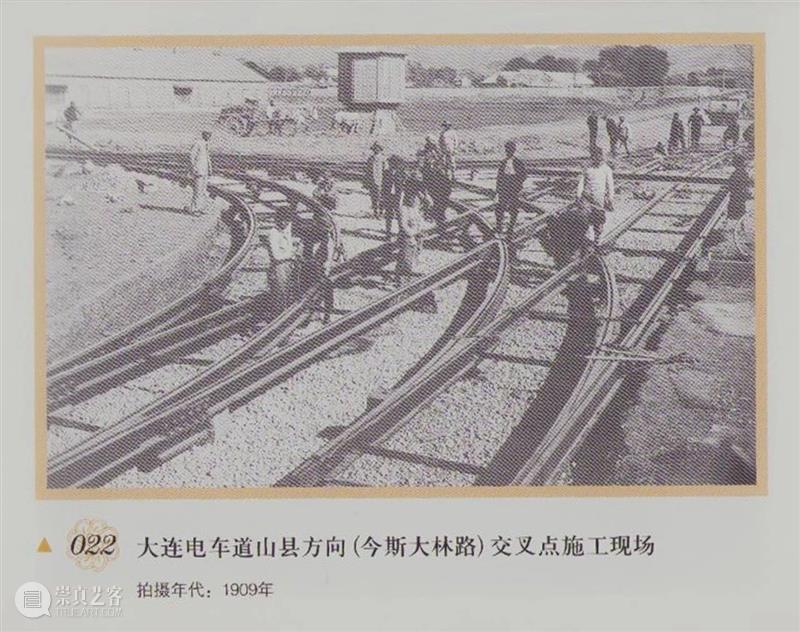
满铁 20(文献资料)
在帝国时代,领土本质上是统治者的势力范围,经由国家意识形态转换为民众思想中的个人生存空间和身份标签。当这块为人类生存提供资源的土地变成了将人加以分类的标签之时,动物因血缘与性关系而维持的群体似乎更符合现代的理性和人的自由梦想。历史上,来自异域的居民进入了一块已被占有的土地因而成为了侵略的一方;奋起反抗,驱逐外敌的行动遂成为光荣正义之举。然而,在社会主义制度建立之前,战争的本质不是保护人民,而是为了维护统治阶级的控制范围。因而,即便是反侵略的战争,也是统治阶级用人民的鲜血为杀戮涂上了正义的颜色,从而掩盖了战争的血腥本质。在这个意义上,民族和国家的存在是现代大规模战争的前提。在共产主义奋斗目标的愿景下,一味地强调民族、国家恰恰与马克思主义勾画的人类共同理想背道而驰。事实上,关注个体命运,回归家庭日常生活,寻求诗意的栖居才是走向共产主义的正确途径。
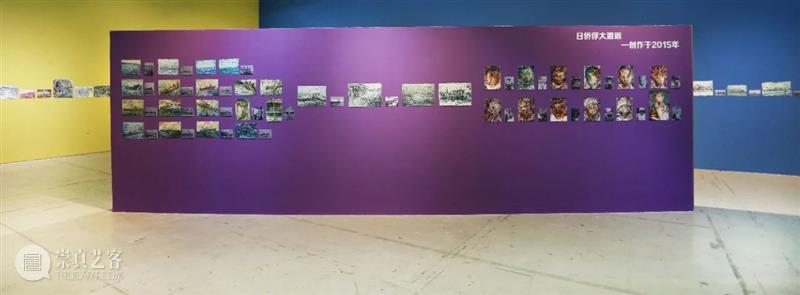
展览现场 | Exhibition Site
《1946》将观者拉回到了人的层面,将人的遭遇剥去政治的色彩,从思想上使其回退至被统治权威结成群体之前的状态。人以其个体的存在作为衡量利弊得失、正义邪恶的标准,这亦可称作个人主义。个体的生命和命运不应作为任意的砝码,成就资本主义统治权威的意愿。只有认识到现代社会内在的同一性所带来的消极后果,以个体的生存对抗集体的同一,才能避免“奥斯威辛事件”的再次发生。
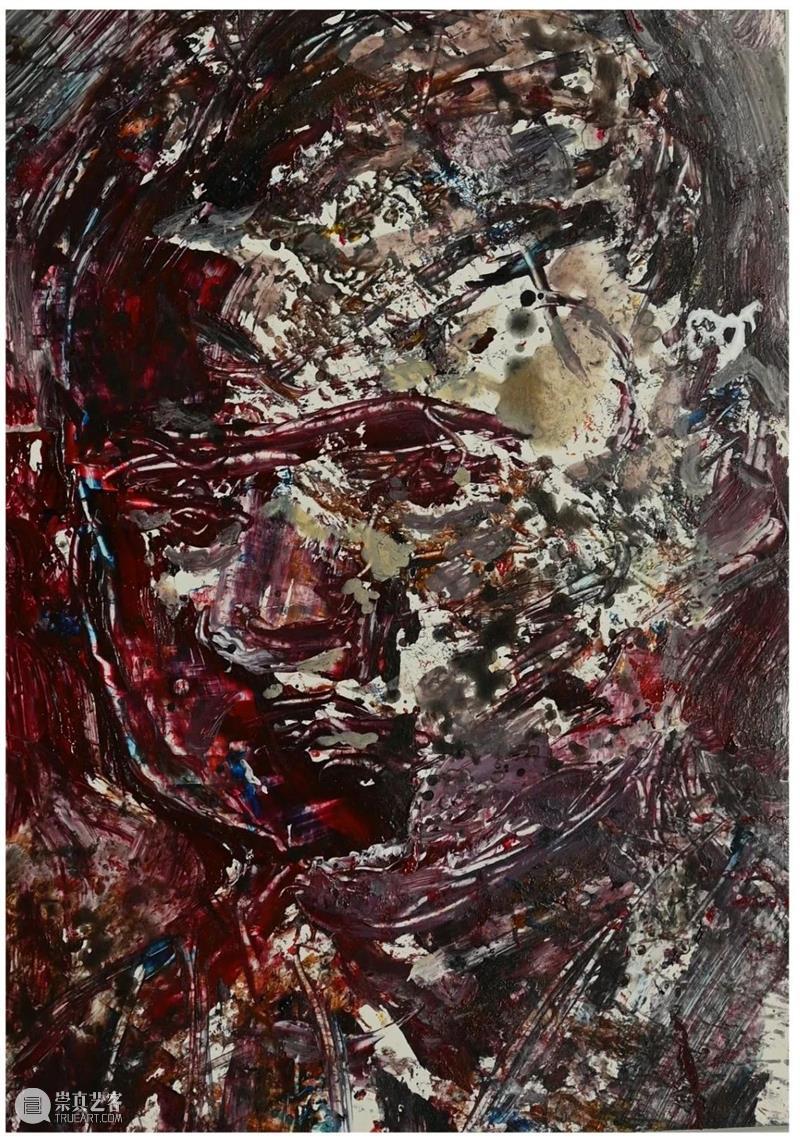
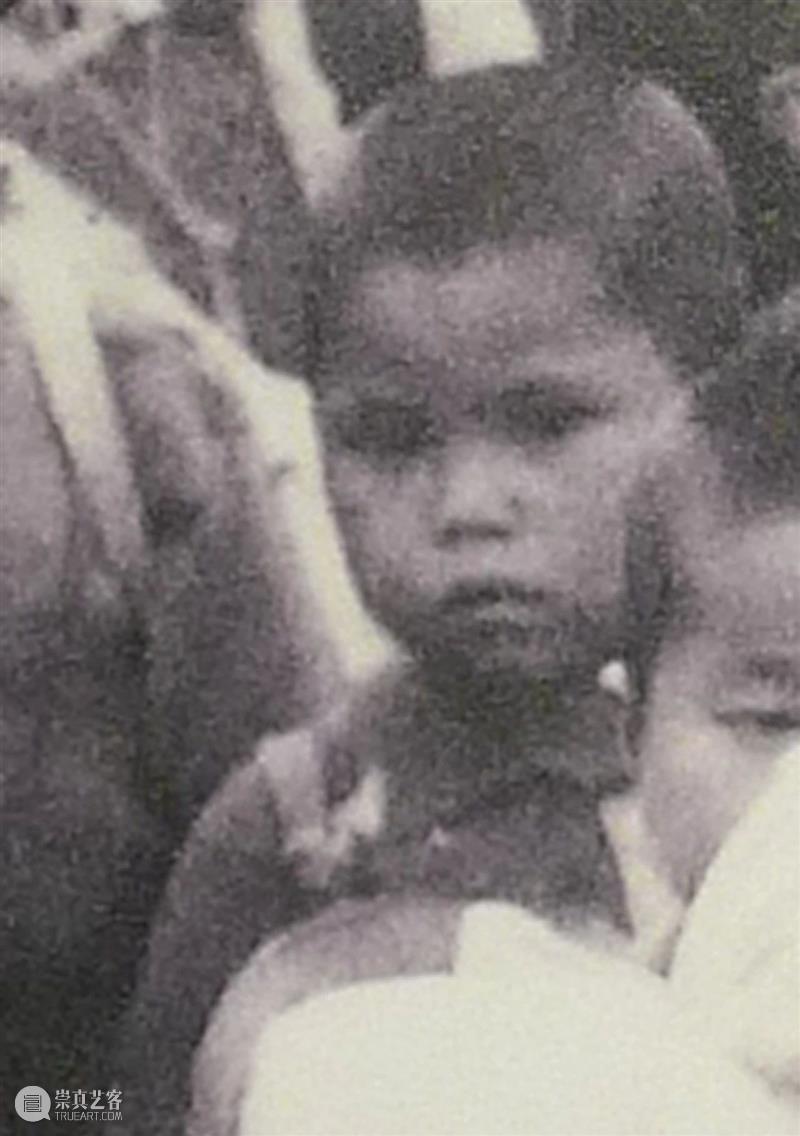
日侨俘大遣返 179 (文献资料)
王希奇创作的《1946》中,被遣返的不仅有侵略者,也有他们的妻儿老小。对这一史实的艺术再现,生动地表现出中华民族宽广的胸怀和高尚的人道主义思想。为了强化这一表达,艺术家王希奇没有按照传统的方式对这些人物加以塑造,作品中呈现的侵略者、殖民者并非是面目憎狞的野兽,亦非羸弱不堪的败者,他们是父亲、母亲、孩童和伴侣。卸去社会结构中的职责,他们是生命的存在。这一刻,他们重新回归日常生活,重新成为单个的人,获得了远离政治的自由。他们怀中的宝宝或释然,或喜悦地看着拥挤的人群,期待着即将开始旅程,政治意义中的“大遣返”于他们只是一次驻地的迁移。孩童纯洁的心灵并未理解民族主义视角的正义与邪恶,更未参透战争的残忍本质。他们是无辜的生命个体。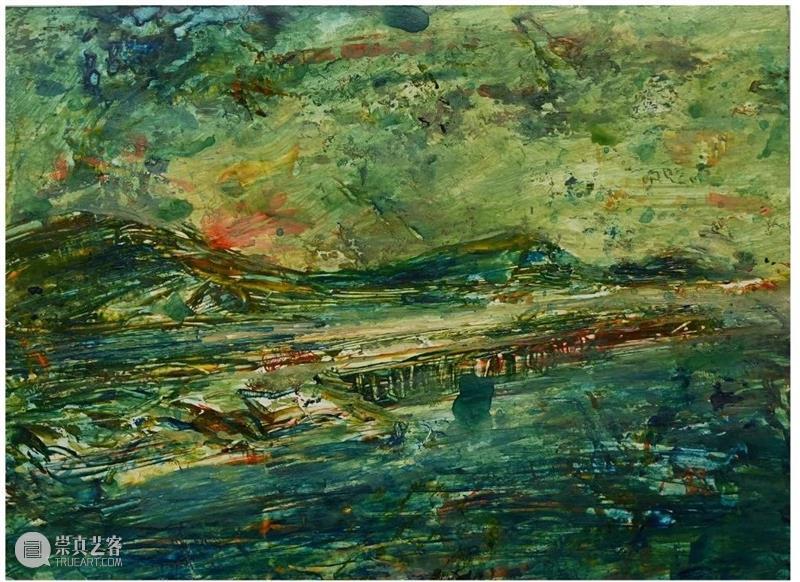
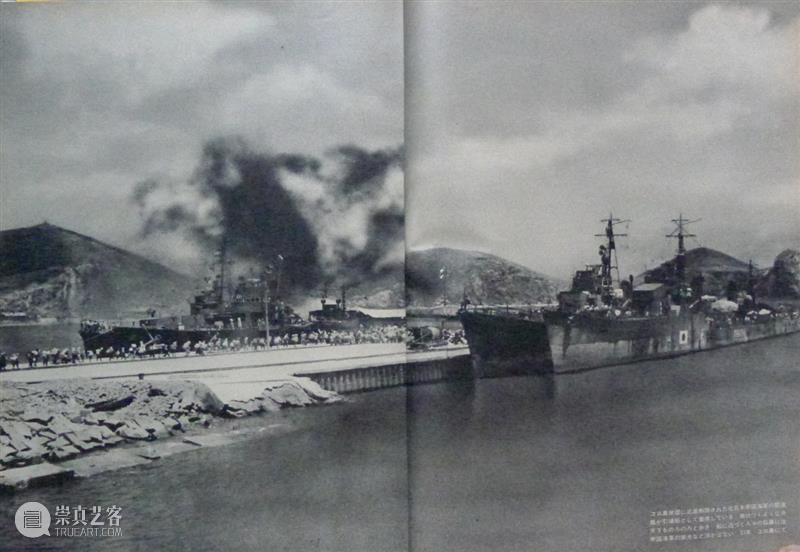
日侨俘大遣返 211(文献资料)
成年人提起“大遣返”,或是勾起击败侵略者的自豪和复仇的快感,或是感到同胞在国运衰微时的苦难和为信仰而战的悲怆。《1946》刻意回避了作为正义一方的光辉形象的渲染,也未重点勾画败军之师的狼狈和苦楚;画中人物更像是生命旅程中的匆匆过客。悲怆和苦楚都被掩盖在表情各异的复杂人物之中,这里没有代表类概念的典型人物,也没有被忽略的身影,每个个体都是真实的存在。这种从生命存在视角出发的艺术作品超越传统战争题材中正义与邪恶的维度,引领观者反思并追问统治权威控制下个人命运的无奈和存在的苍白;而目睹个人的不幸恰恰是人类作为群体的罪恶。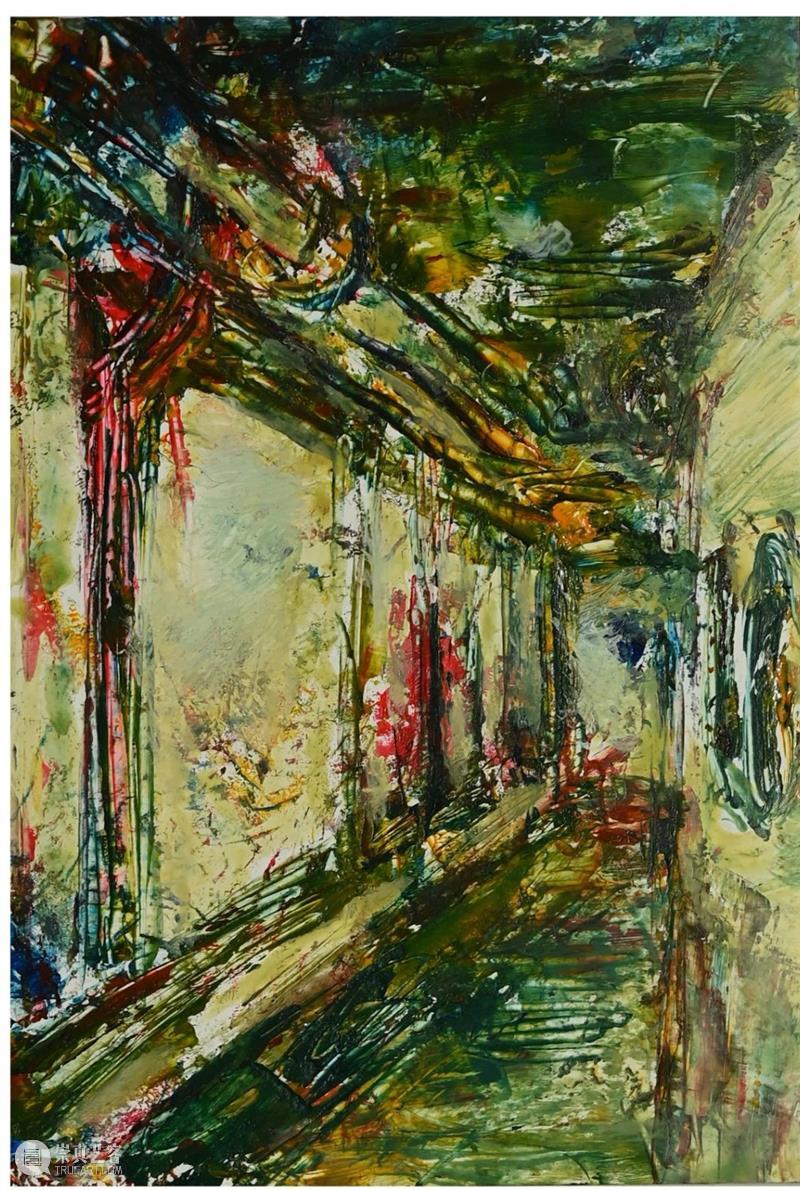
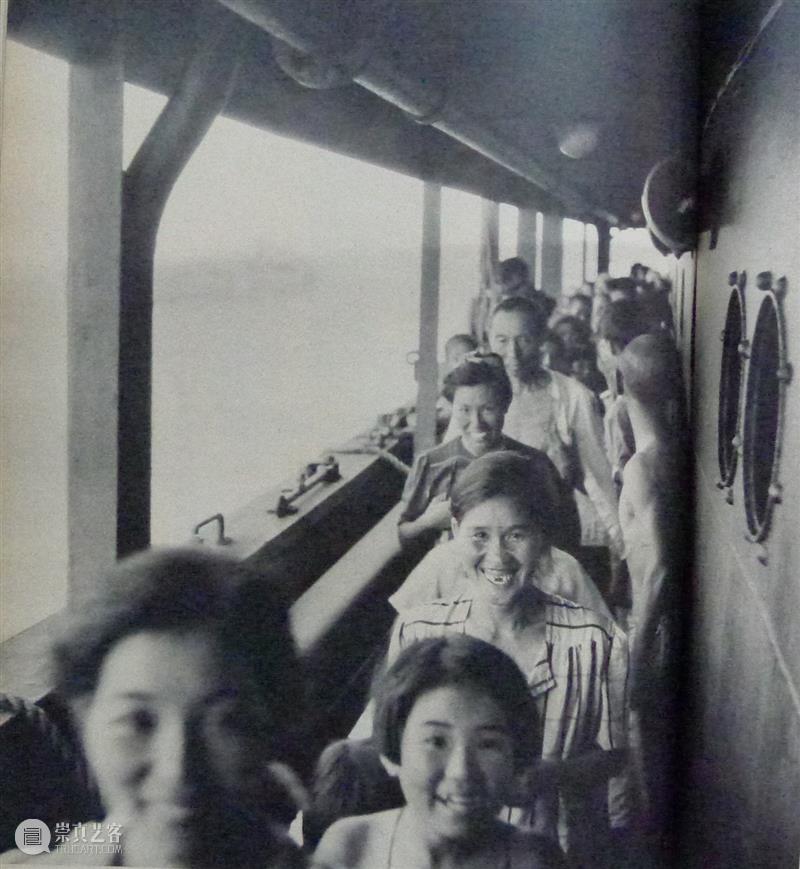
人是这个社会结构中的存在,当我们参与着社会的运作之时,当我们容许剥削制度存在之时,当我们给予某些个体或群体权威之时,当我们服从人造之神之时,我们是否曾想起,我们每个个体都应背起大写的“人”字?我们是否将人类杀戮的本性冠以原罪加以思考?作为战争的旁观者或回顾者,我们真的能够逃离“无罪之罪”的历史责任吗?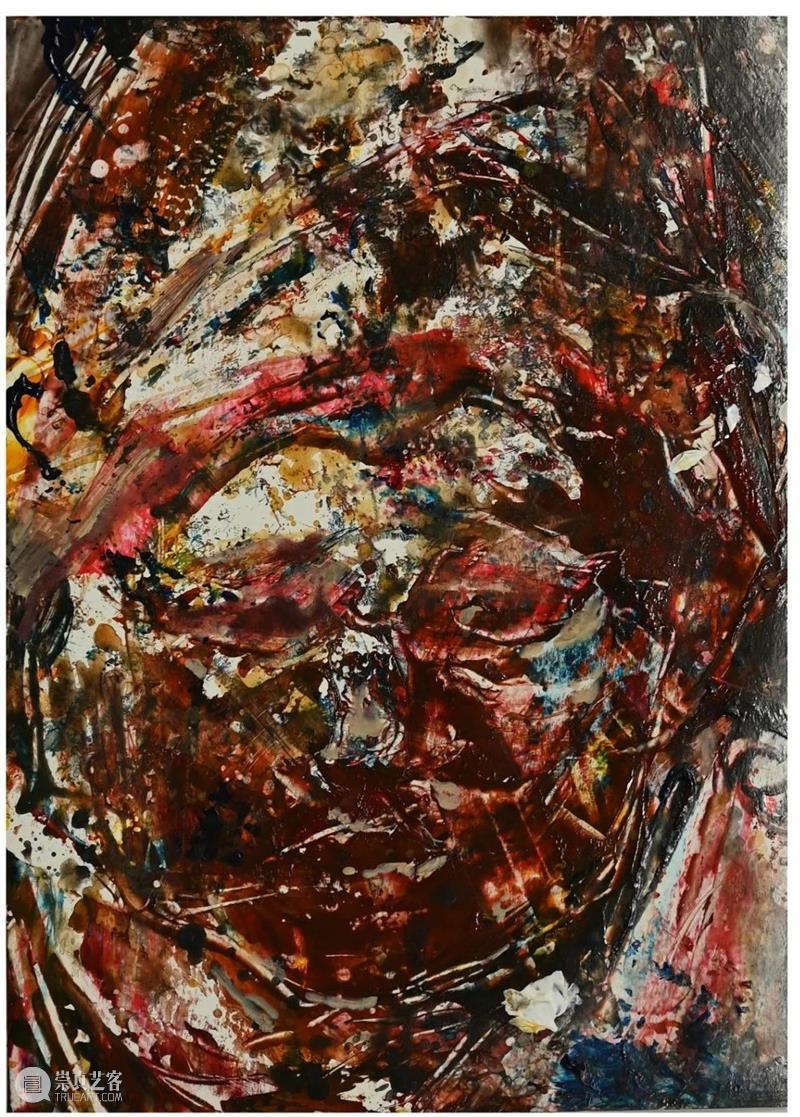
《1946》以其粗犷中流露出的细腻,写实中隐含的浪漫,具象人物背后的抽象背景,将无罪之罪刻在了每个观者的心头。背负着人类共有罪名,我们会宽恕制度下无辜的个体,而将视线聚焦于在隐现于苍茫海面的历史和未来,重新拷问人类文明进程中的执着和追求,现代性中所蕴含的黑暗和罪恶。正如齐格蒙·鲍曼在《现代性与大屠杀》中所言:“在赞扬我们的文明所带来的物质进步时,我们已经过分低估了它的真实潜力”,即大规模毁灭和杀戮的能力,而“创造和毁灭同时是我们所谓文明的不可分割的组成部分”(齐格蒙·鲍曼,《现代性与大屠杀》)。在我们高声歌颂社会进步、科技发展给人类带来的福音之时,我们是否看到,这支撑、鼓励工业文明发展的启蒙社会正在造就一代又一代的“单向度的人”(赫伯特·马尔库塞)?而这失控的文明正在埋葬着人类本身?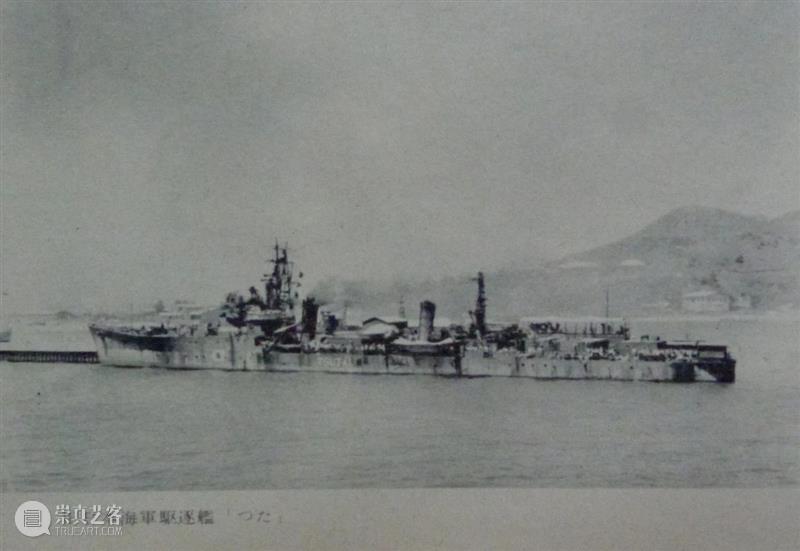
相信艺术家王希奇以大遣返为主题的巨幅油画《1946》的冲击力能够唤醒霸权国家中那些陶醉于科技与文明进程中的生灵,预见战争的后果,尽管按动电钮后,大规模杀伤的血腥场面被遥远的距离所掩盖,尽管战争的荣耀和杀戮的快感会耦合于隐藏在人类潜意识中最阴暗角落里的霸权意识,惟愿艺术的纯洁和超脱警醒着不知为何忙碌的世人。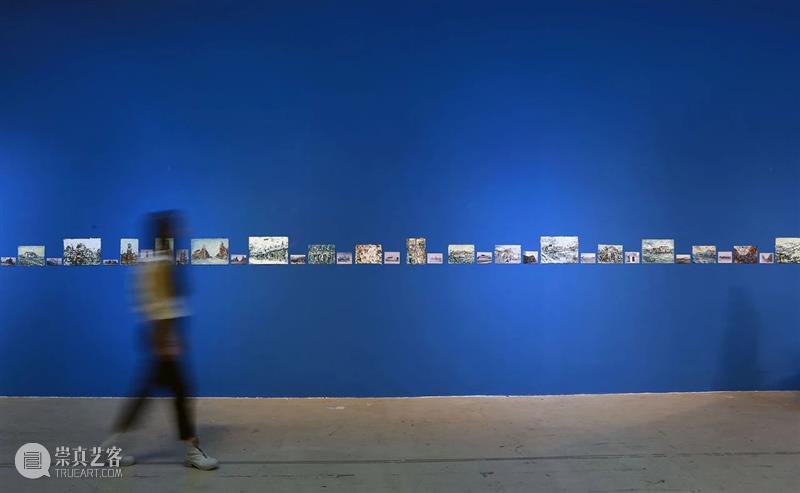
The Repatriation of Japanese Emigrants, as a historical event, is a trifle epilogue on the failure of Japanese colonial war in WWII, while the large oil painting The Repatriation is a significant work that perpetually opens the Narrow Gate to the gloomy part of man’s soul. This painting is not only a mirror but more like an instruction given by Zen Master Ju Zhi. It does not just reveal a historic event but means to propose an attitude of taking history as a mirror. It is a sin to forget history, but simply passing the old hatred over to next generations is a more terrible sin. From a particular perspective, The Repatriation tells people to learn from the past and to contemplate how to avoid the repetition of such a human tragedy as WWII. 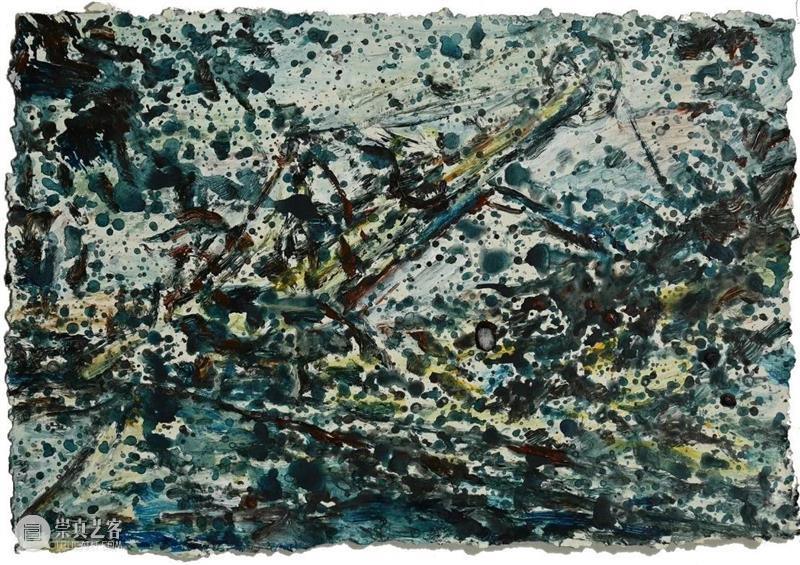
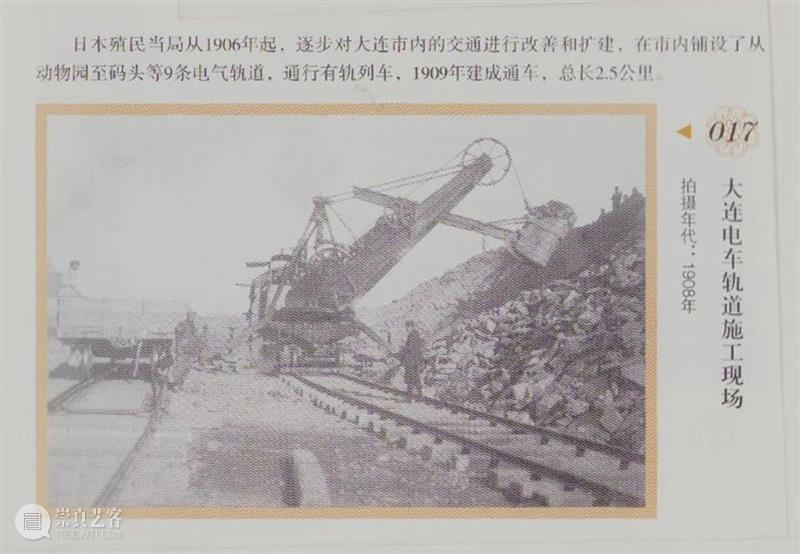
满铁 23(文献资料)
In a certain historical context, “repatriation” as a structuralism concept is opposite to “colonization.” An organized migration of people is considered as a kind of “colonization” while the individual moving from one place to another is called “emigration.” “Colonizing” and “emigrating” are quite different. “Colonizing” people somewhere is a way of governance and oppression can result in obedient moving. On the other hand, people will, as a result of their own choice, change their places of residence and “emigrate” to other places, and this is usually a struggle for a better life. If people are moved to a certain area to live by the ruling power for a particular purpose, then this kind of migration is not caused by seeking a means of living but is carried out for political purpose. “Migration and colonization” in this way can be seen as “aggression”. 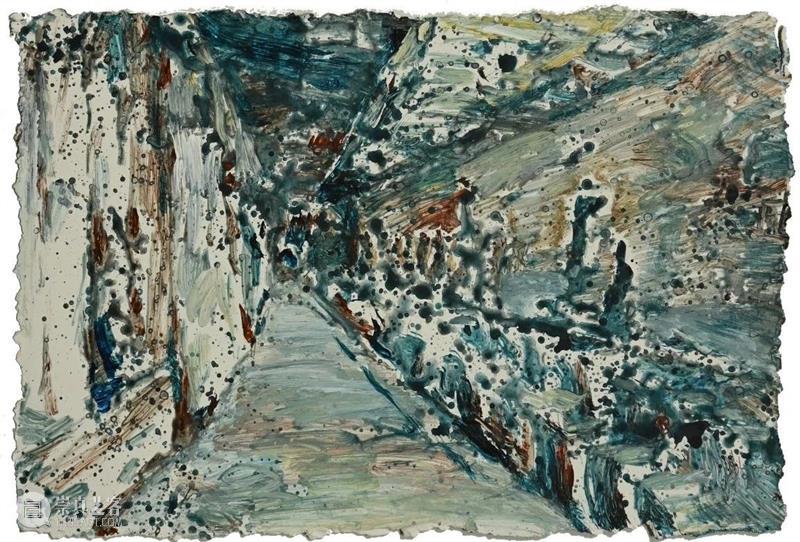
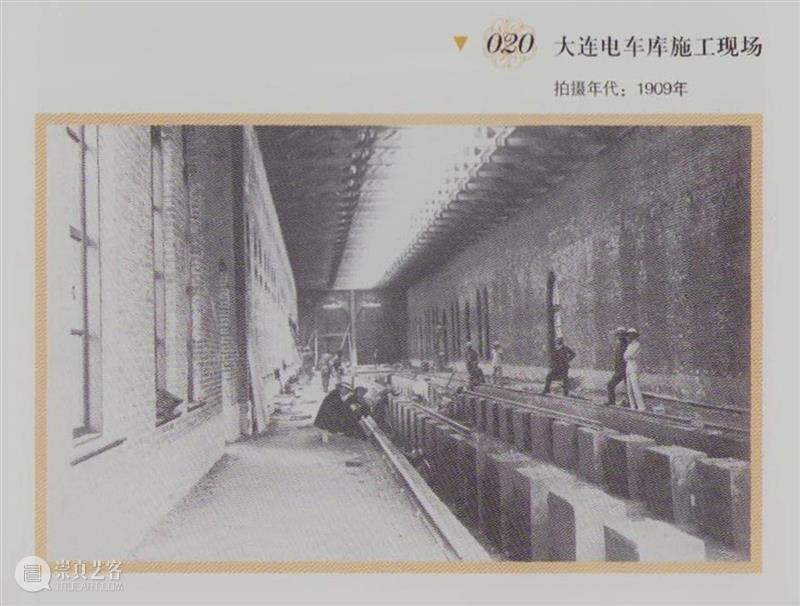
Animals fight for territories for survival, so do human beings. An ideal situation is of course to live and let live. While, there will always be aggression and naturally, there is always resistance. This leads to the abandoning of “natural rights” to obtain “social rights” (Rousseau, The Social Contract). The forming of a society gave rise to the appearance of social authority, namely, the ruling class. That is to say, when people are resolute to safeguard the collective territory that surpassed their own homeland in size, the world has been divided into different countries. At that moment, the concept of homeland in people’s mind has evolved from the idea of an individual owning to the collective owning of a piece of land. Superficially, safeguarding territory is for the survival of a group of people, but in essence, it is for the maintenance of the range of authority. That is not the same as occupying a piece of land, which is the nature of animal. Territory, which essentially means the ruling class’s sphere of influence, has then transformed to mean the living place for individuals with a certain identity via national ideology. 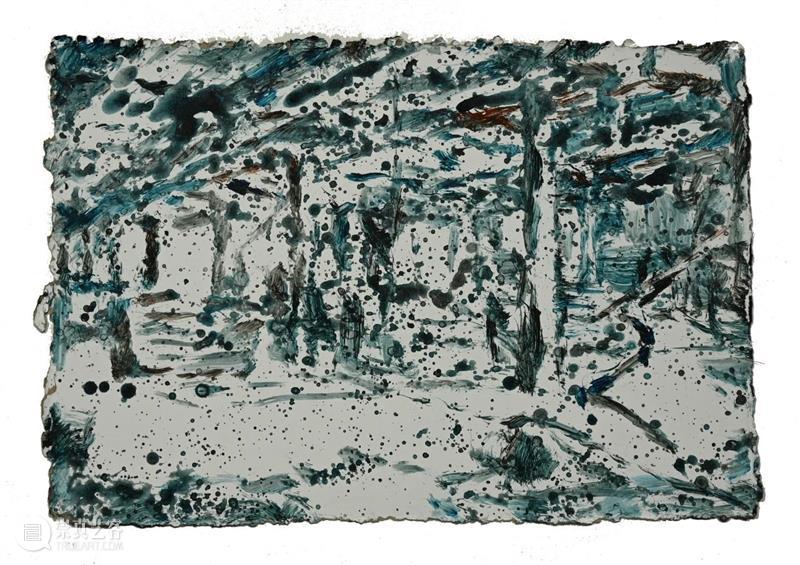
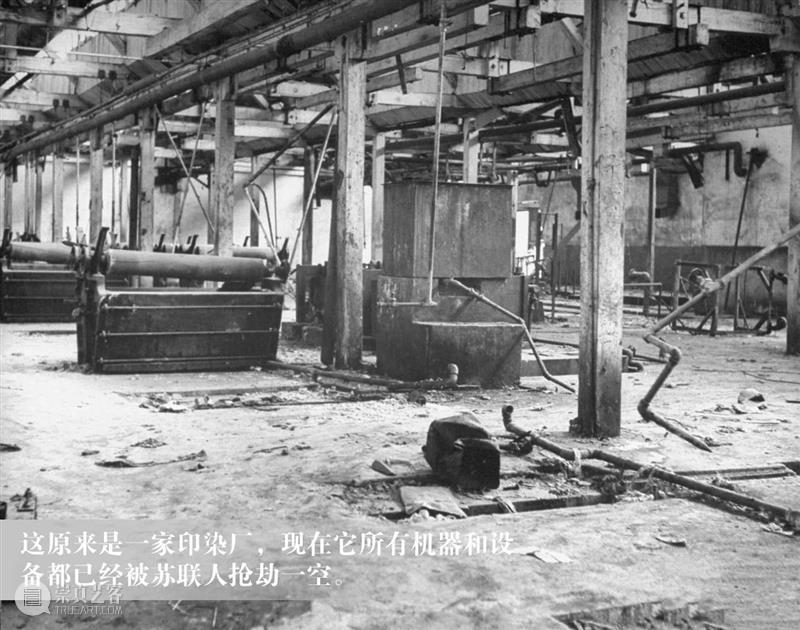 When this piece of land that provides for people became a label for dividing them, groups formed by animals through blood ties and sexual relationships are seemingly more consistent with modern rationalism and the dream of freedom. In history, residents coming from a different place were regarded as aggressors when they entered into a piece of occupied land. Resisting aggression and expelling foreign enemies became glorious and just conducts. However, the nature of war is not for protecting people, but for maintaining the ruling class’s scope of governance. Therefore, even anti-aggression war is a kind of massacre but it is justified by ruling class with the blood of people, and in this way, the bloody nature of war is hidden. In fact, the existence of nation and country is the premise for modern large-scale wars. Putting too much emphasis on nationality and country is exactly the opposite of Marx’s communist ideals. Paying attention to individual fate, returning to family life, and seeking poetic residence should be the right path towards communism.
When this piece of land that provides for people became a label for dividing them, groups formed by animals through blood ties and sexual relationships are seemingly more consistent with modern rationalism and the dream of freedom. In history, residents coming from a different place were regarded as aggressors when they entered into a piece of occupied land. Resisting aggression and expelling foreign enemies became glorious and just conducts. However, the nature of war is not for protecting people, but for maintaining the ruling class’s scope of governance. Therefore, even anti-aggression war is a kind of massacre but it is justified by ruling class with the blood of people, and in this way, the bloody nature of war is hidden. In fact, the existence of nation and country is the premise for modern large-scale wars. Putting too much emphasis on nationality and country is exactly the opposite of Marx’s communist ideals. Paying attention to individual fate, returning to family life, and seeking poetic residence should be the right path towards communism. 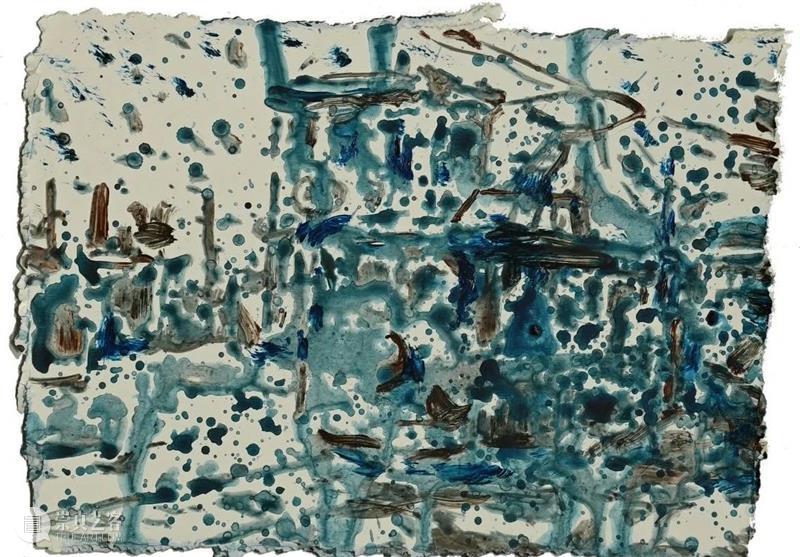
满铁 22 (文献资料)
The painting The Repatriation enables audience to focus their attentions on mankind because it shows and studies an original condition of human experience without any political nature, when people were not grouped by ruling authority. Individual existence is the criteria of gains and losses, also good and evil, and this is individualism. Individual life and fate should not be sacrificed to satisfy the desires of the ruling authority. Only when people are clear of the negative effect brought by the internal identity of modern society, and to live as an individual but not as one of a collective identity, can we avoid the recurrence of incidents like “Auschwitz Event”.
满铁 152(文献资料)
The aggressors and colonizers depicted in The Repatriation are not hideous looking beasts, nor are they fragile and frustrating losers. They are fathers, mothers, children and partners. Laying down duties of the social structure, they are natural existence of life. At this moment, they returned to daily lives and became individuals again, having regained freedom by being removed from politics. Babies in their arms are either at ease, or watching the crowds joyfully, looking forward to the upcoming journey. A political repatriation is just an emigration for them. The hearts of young and pure can not understand the good and evil judging from national perspective, let lone see through the cruel nature of war. They are innocent individuals of lives. 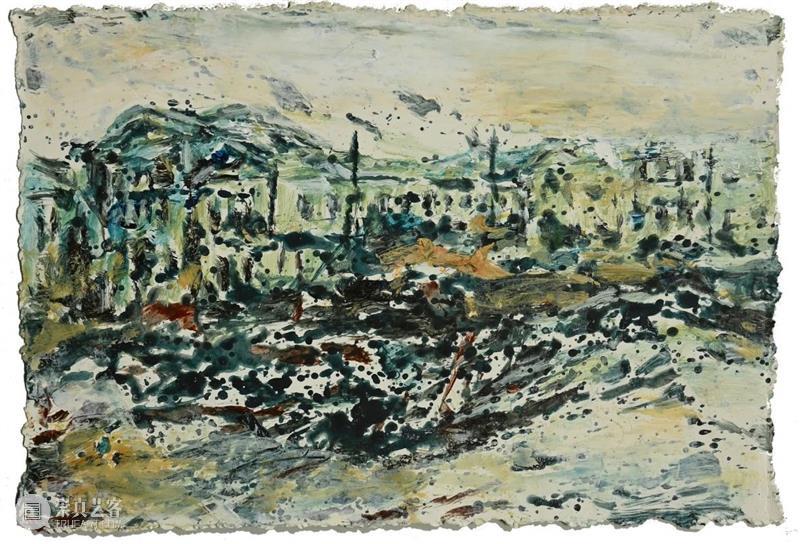
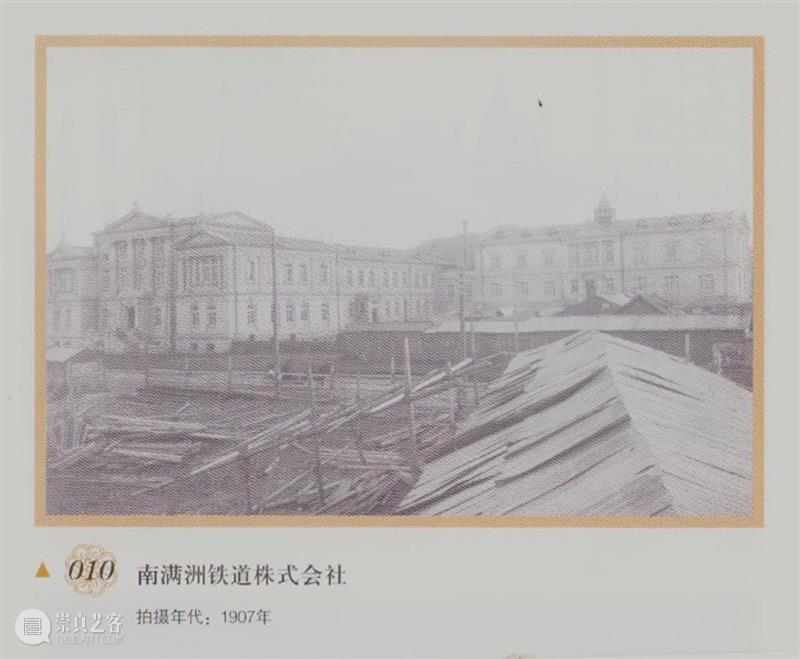 When adults mention the historic repatriation, they either feel proud and pleasant for defeating the aggressors and taking revenge, or feel sorry and sad for their compatriots’ sufferings and fighting during national declination. The Repatriation avoids the propaganda of the glorious image of the right side and it also doesn’t focus on portraying the disheveled appearance and misery of the defeated. Figures in the painting are more like passers-by in life. Sadness and misery are hidden in the portrait of complex figures with varying and distinctive expressions. There are neither typical characters nor neglected figures in the painting. Every individual is a real existence of life. From the perspective of existence of life, this kind of work of art has gone beyond the dimension of portraying the good and evil in traditional war paintings. It leads the viewers to reflect on and question the helplessness of fate and meaninglessness of existence under the control of ruling authority. To witness individual misfortune as collective groups is precisely an evil deed of mankind.
When adults mention the historic repatriation, they either feel proud and pleasant for defeating the aggressors and taking revenge, or feel sorry and sad for their compatriots’ sufferings and fighting during national declination. The Repatriation avoids the propaganda of the glorious image of the right side and it also doesn’t focus on portraying the disheveled appearance and misery of the defeated. Figures in the painting are more like passers-by in life. Sadness and misery are hidden in the portrait of complex figures with varying and distinctive expressions. There are neither typical characters nor neglected figures in the painting. Every individual is a real existence of life. From the perspective of existence of life, this kind of work of art has gone beyond the dimension of portraying the good and evil in traditional war paintings. It leads the viewers to reflect on and question the helplessness of fate and meaninglessness of existence under the control of ruling authority. To witness individual misfortune as collective groups is precisely an evil deed of mankind.
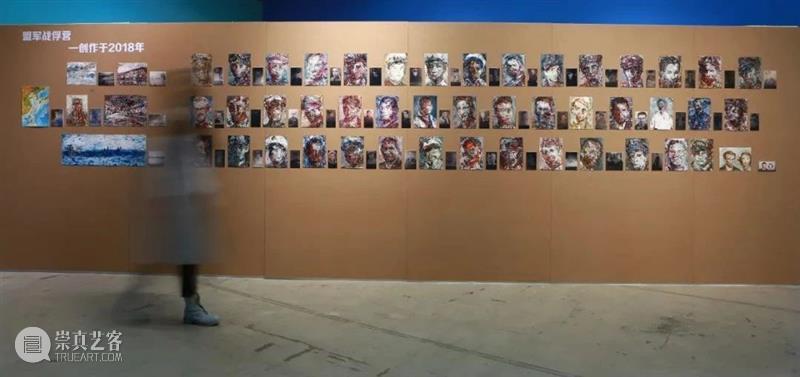
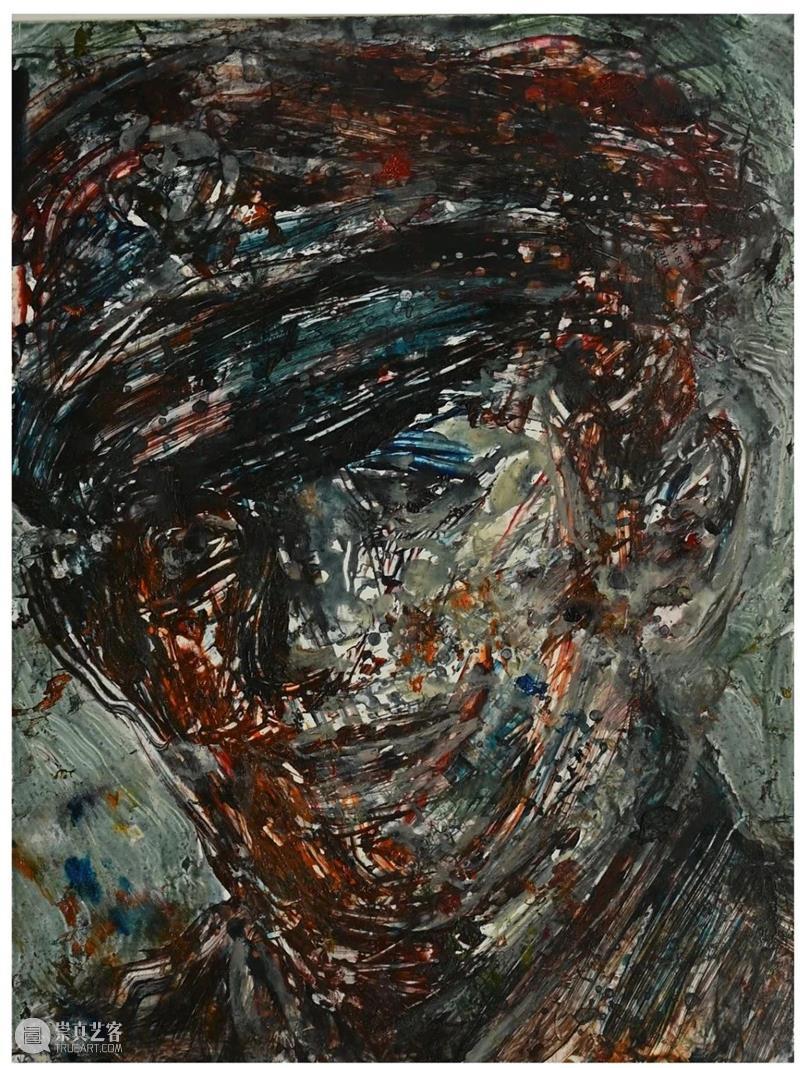
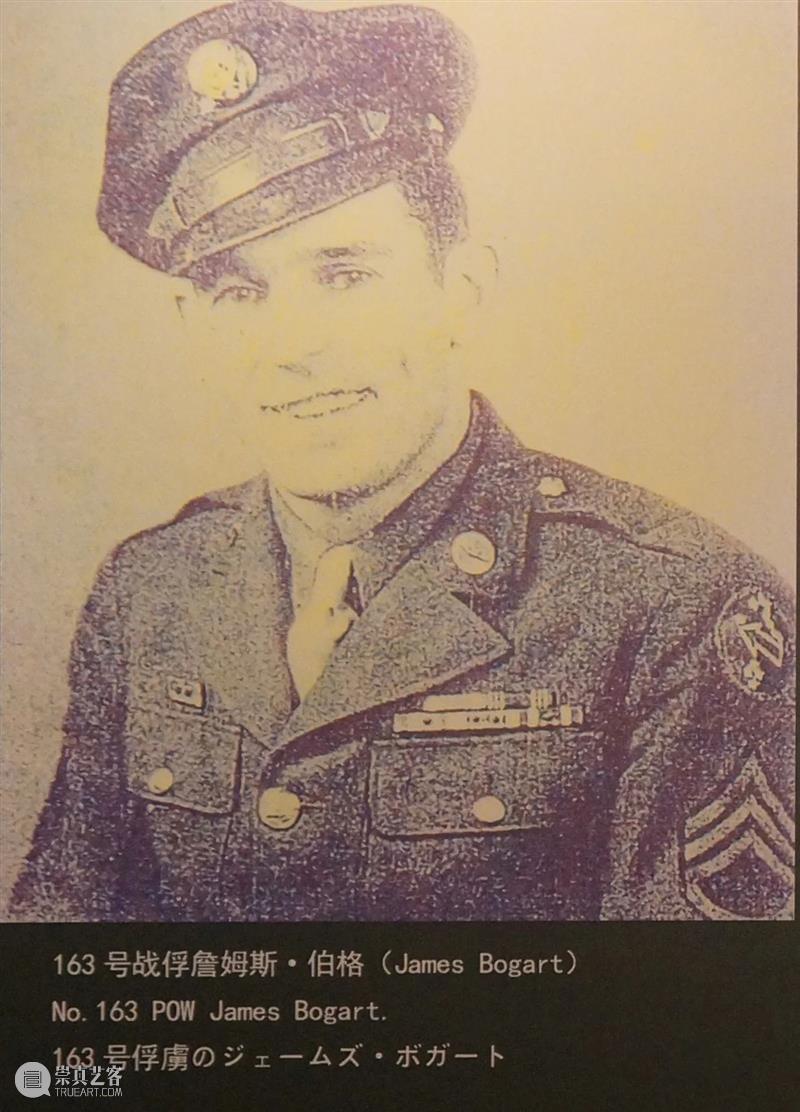
战俘 214 (文献资料)
Man exists in the social structure. Has it ever crossed your mind that we should live as a MAN when we are participating in social operation or allowing a kind of system to come into being or enabling someone or some groups to possess authority or when we obey man-made “God”? Has it ever dawned on you that the instinct to kill is actually an original sin of mankind? As an observer or reviewer of war, can we really escape from historical responsibility and get away with the “guilt of innocence”?
战俘 253 (文献资料)
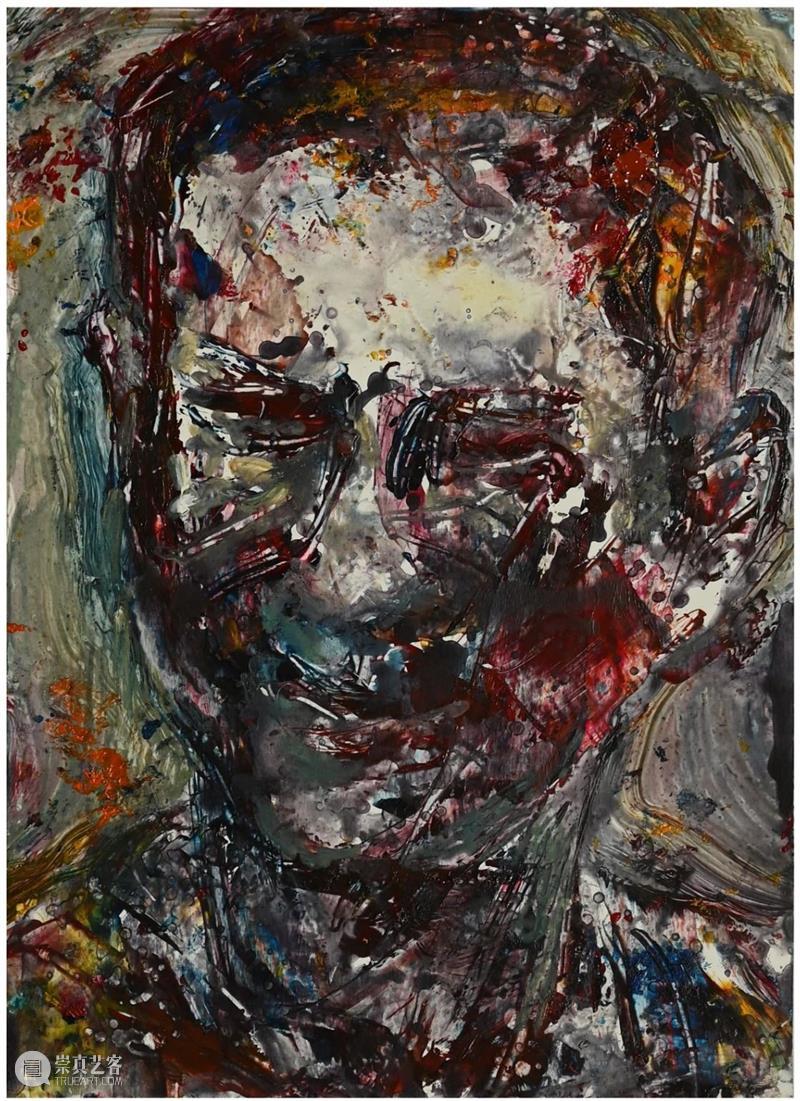
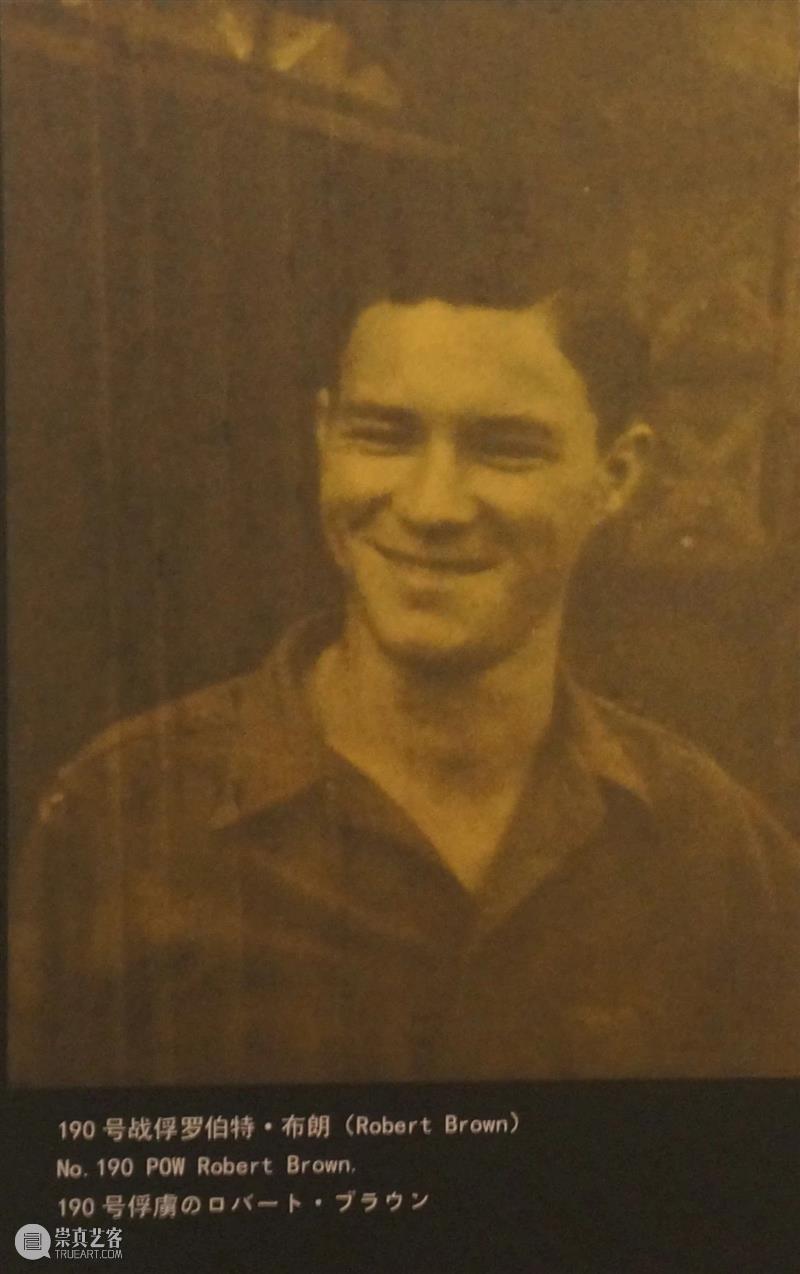
With perfect integration of rugged style and delicacy, realism and romanticism, abstract background and concrete figures, The Repatriation stamped the “innocent but guilty” on every viewer’s memory. With the universal accusation, we will forgive innocent individuals under systems, and to focus our attention on the past and future which are looming yet gleaming. We will restudy the dedication and pursuit in human civilization, the darkness and sense of guilty in modernity. Just as Zygmunt Bauman says in Modernity and the Holocaust: “In praise of material progress which our civilization has brought, we have sorely underestimated its true potential”, namely, the ability of mass destruction, and “both creation and destruction are inseparable aspects of what we call civilization” (Modernity and the Holocaust, Zygmunt Bauman). When we are applauding social progress and blessings brought by scientific development, have we realized that the enlightening society which supports and encourages development of industrial civilization is creating “one dimensional man” (Herbert Marcuse) from generation to generation? Is this civilization which has grown out of control now burying human himself?
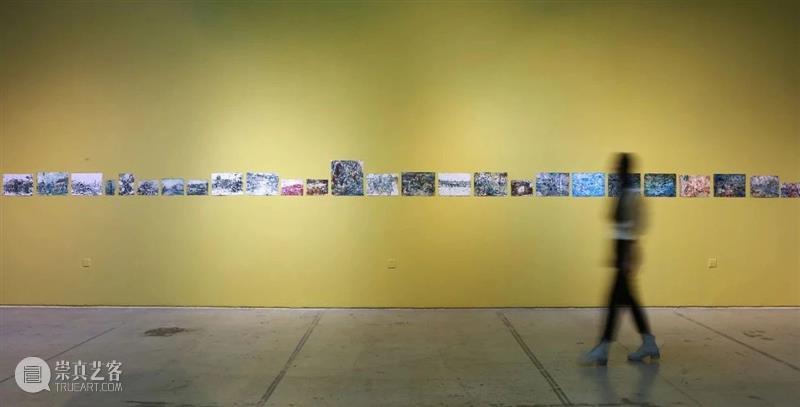 We believe the impact of the painting The Repatriation can awaken people reveling in scientific and civilization development to forecast consequences of war. Although blood-spattered scenes of mass destruction are covered up by long distance after you pressed the button, and glories of war and pleasures of killing are hidden subconsciously at the darkest corner of what we call awareness of hegemony, may the purity and detachment of art rouse the aimless men in the world.
We believe the impact of the painting The Repatriation can awaken people reveling in scientific and civilization development to forecast consequences of war. Although blood-spattered scenes of mass destruction are covered up by long distance after you pressed the button, and glories of war and pleasures of killing are hidden subconsciously at the darkest corner of what we call awareness of hegemony, may the purity and detachment of art rouse the aimless men in the world. 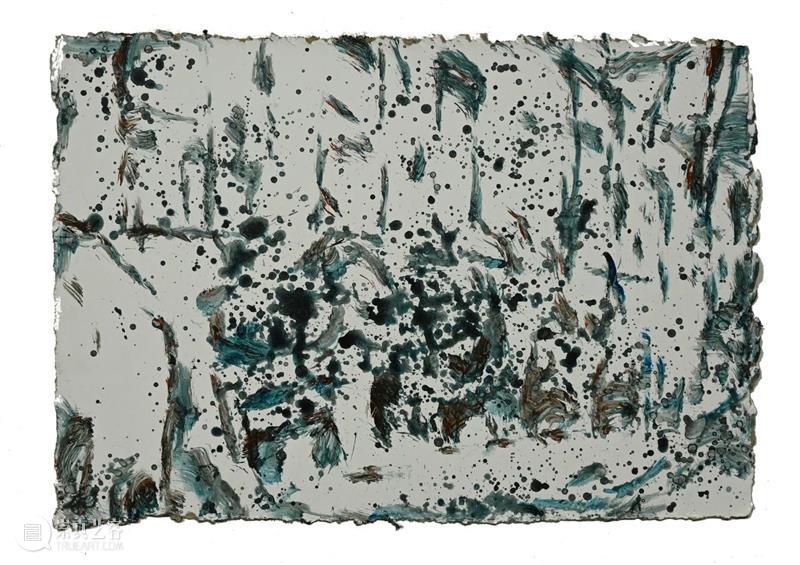
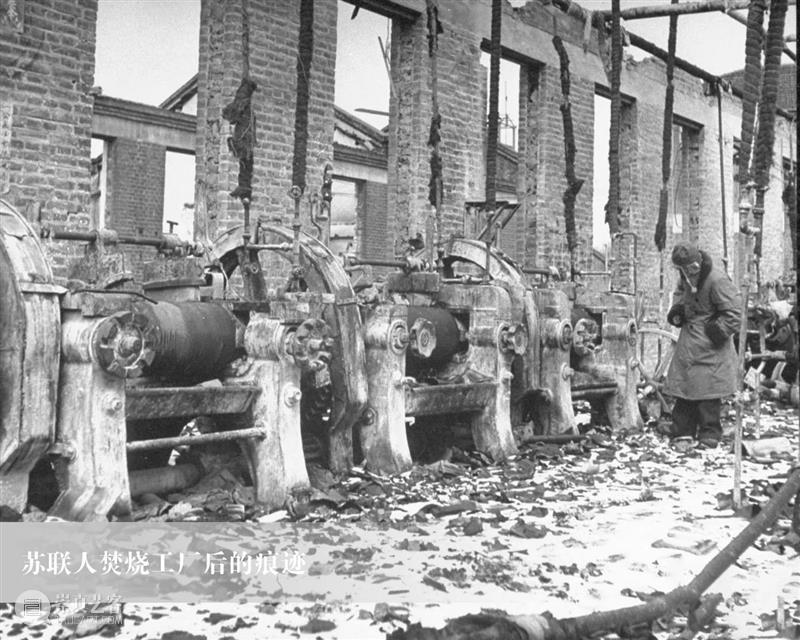
10月24日下午四时,王希奇个展「东北亚纪事:1900—1949的满铁、战俘与遣返」在空间站开幕。
The Group exhibition 「Post —— Literati Painting」opened in the Gallery Space Station at 4pm 19 September.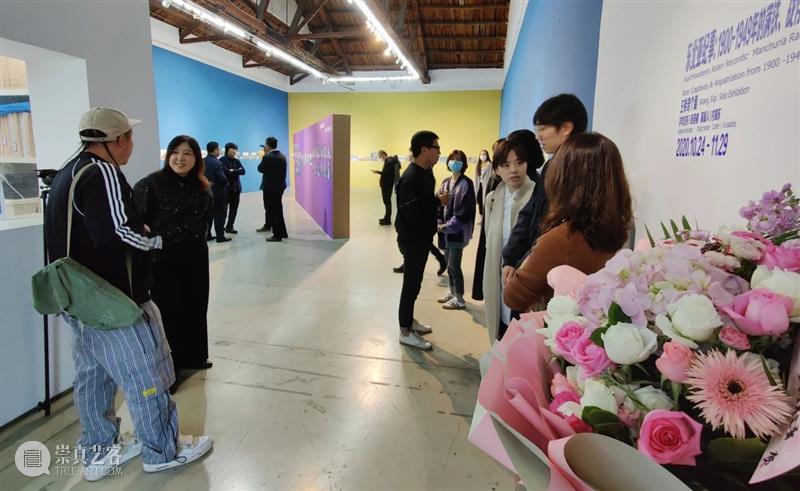
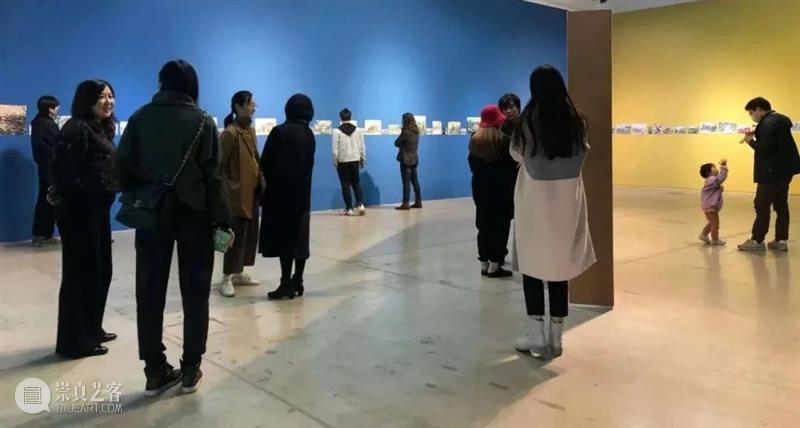
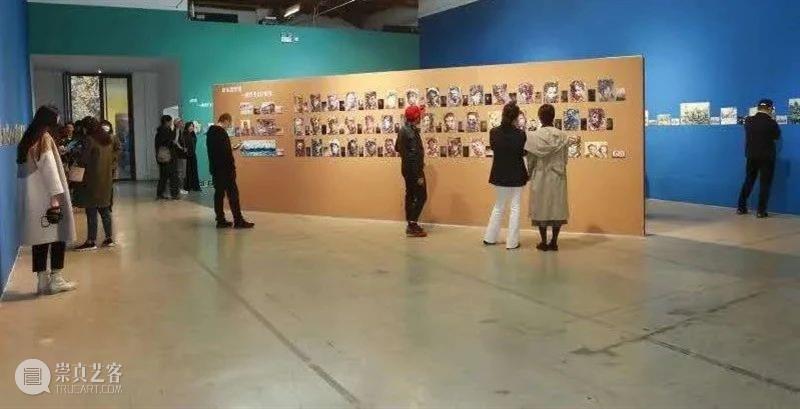
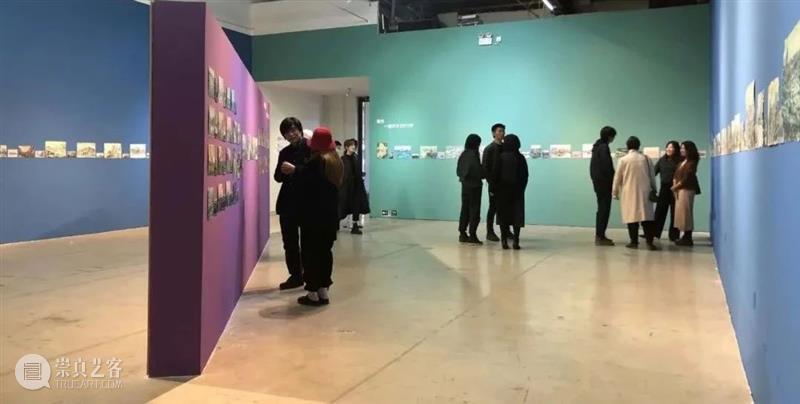
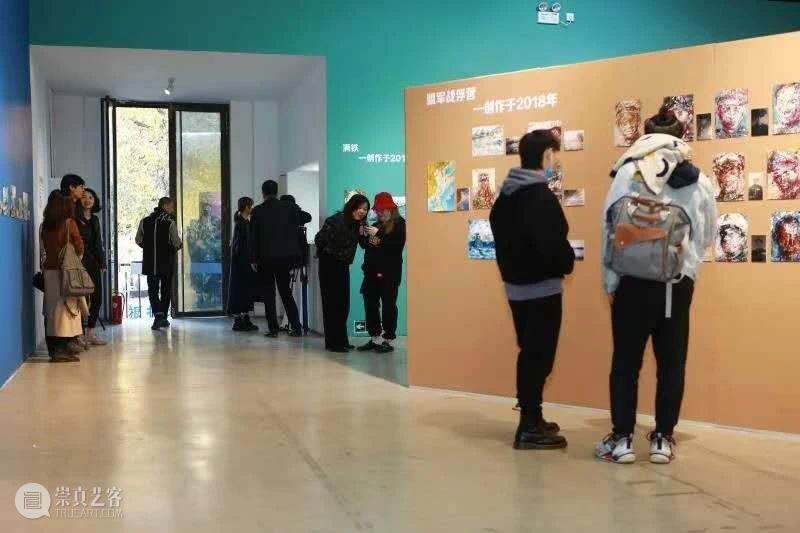
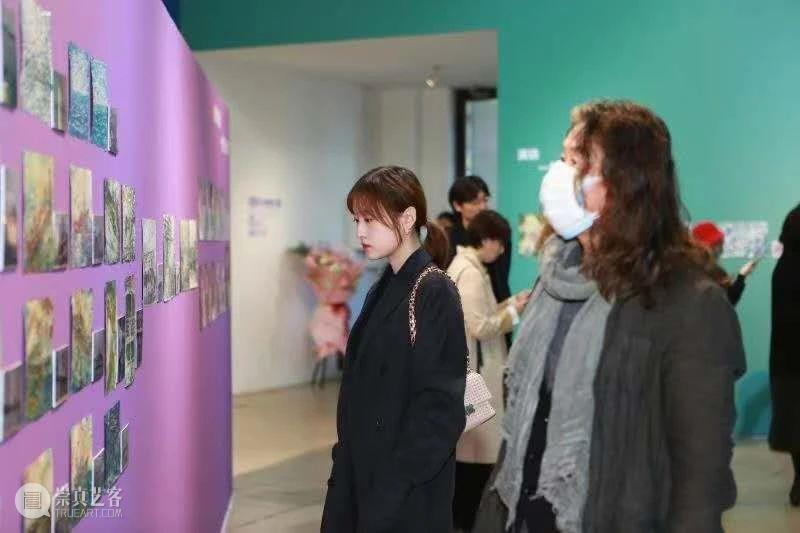
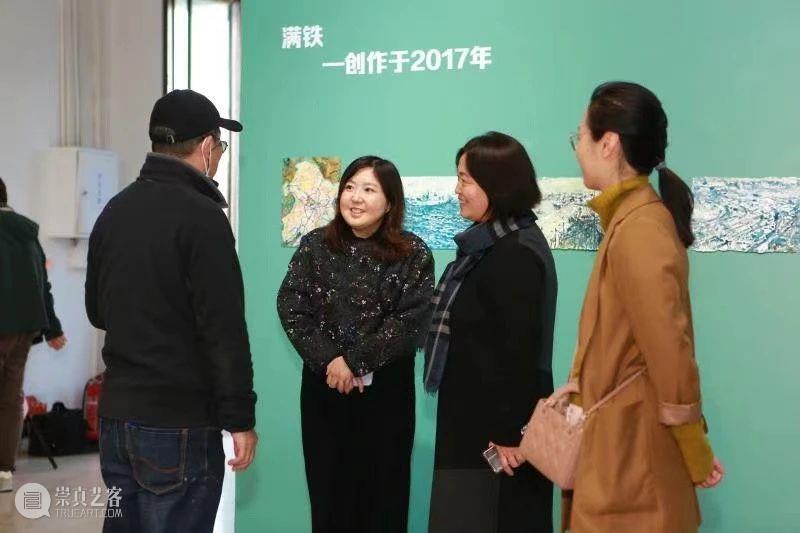
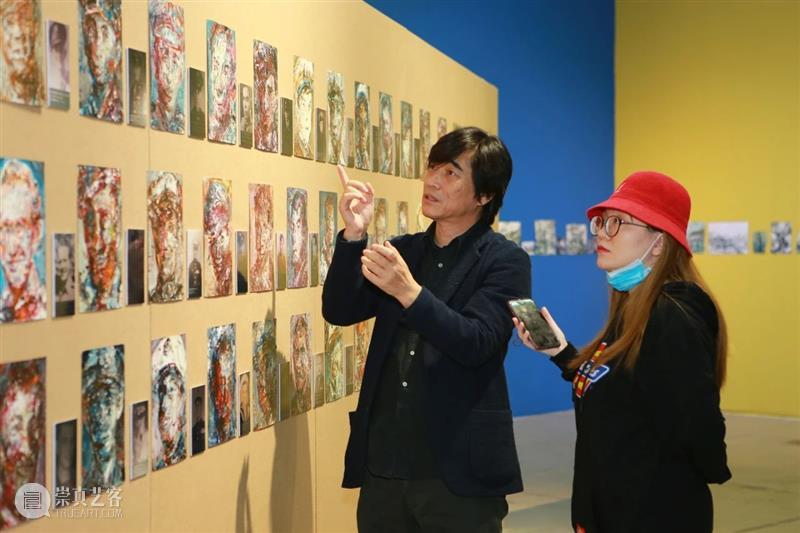
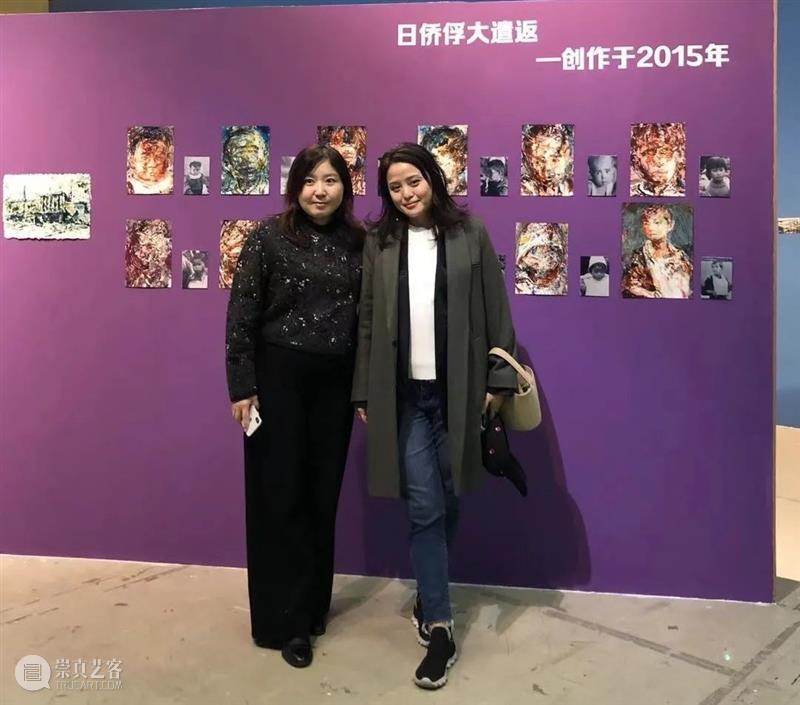
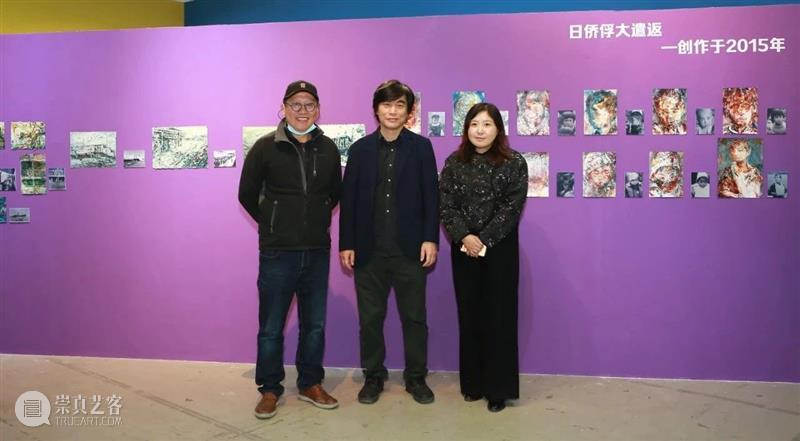
展览将持续到2020年11月29日,欢迎莅临参观!
The show will be exhibited until November 29, 2020. 一九四六—王希奇个展,日本东京美术俱乐部,东京,日本一九四六—王希奇个展,日本舞鹤引扬纪念馆,京都,日本一九四六—王希奇个展,日本宫城县美术馆, 仙台,日本国家重大历史题材美术创作工程展, 中国美术馆,北京Mr. Wang xiqi, was born in Jinzhou, Liaoning province in July 1960, and graduated from Luxun Academy of Fine Arts with a master’s degree in Traditional Chinese Painting. He now is a professor and master tutor of the painting department of Luxun Academy of Fine Arts, as well as a member of China Artists Association.1946--Wang Xiqi Solo Exhibition, Japan Tokyo Art Club, Tokyo1946--Wang Xiqi Solo Exhibition, Japan Maizuru Repatriation Memorial Museum, Maizuru, Kyoto 1946--Wang Xiqi Solo Exhibition, The Miyagi Museum of Art, Sendai, MiyagiSelected group exhibitions:The 9th Chinese National Fine Arts Exhibition, National Art Museum of China, Beijing The 10th Chinese National Fine Arts Exhibition, National Art Museum of China, Beijing National Significant History Themes-Related Fine Arts Creation Program, National Art Museum of China, Beijing
{{flexible[0].text}}

 {{newsData.good_count}}
{{newsData.good_count}}

 {{newsData.transfer_count}}
{{newsData.transfer_count}}





















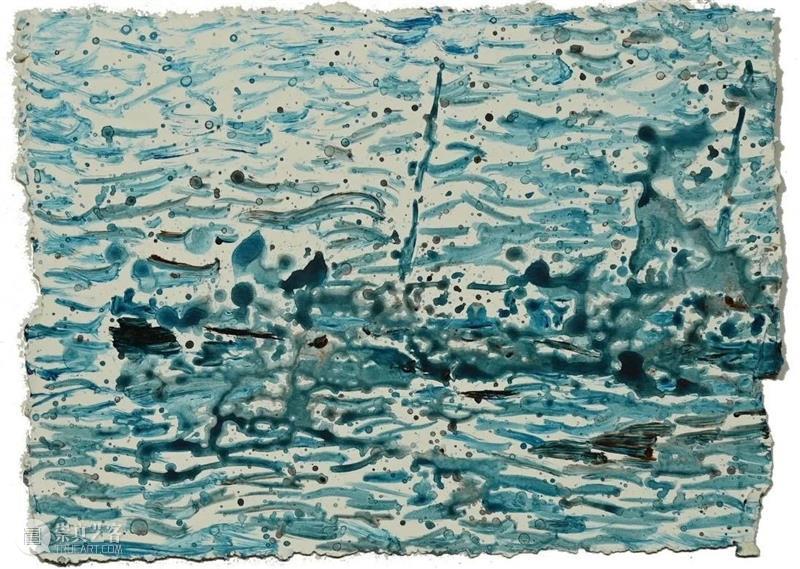









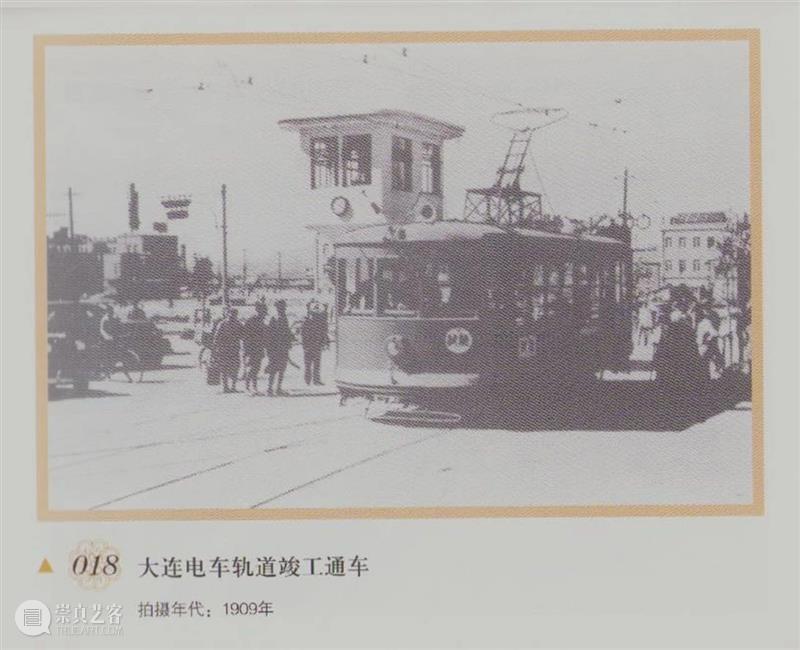

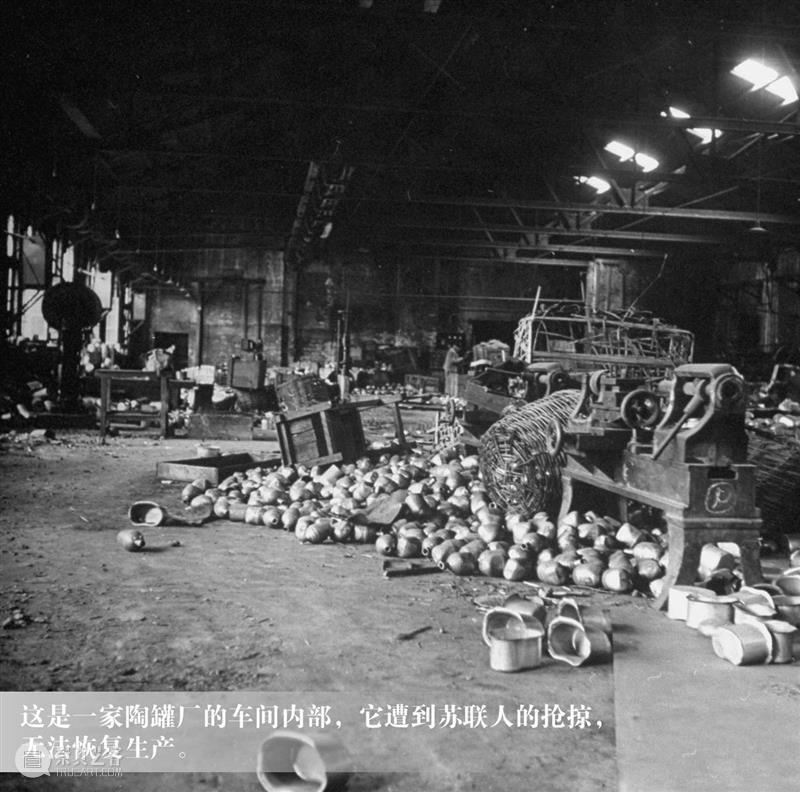





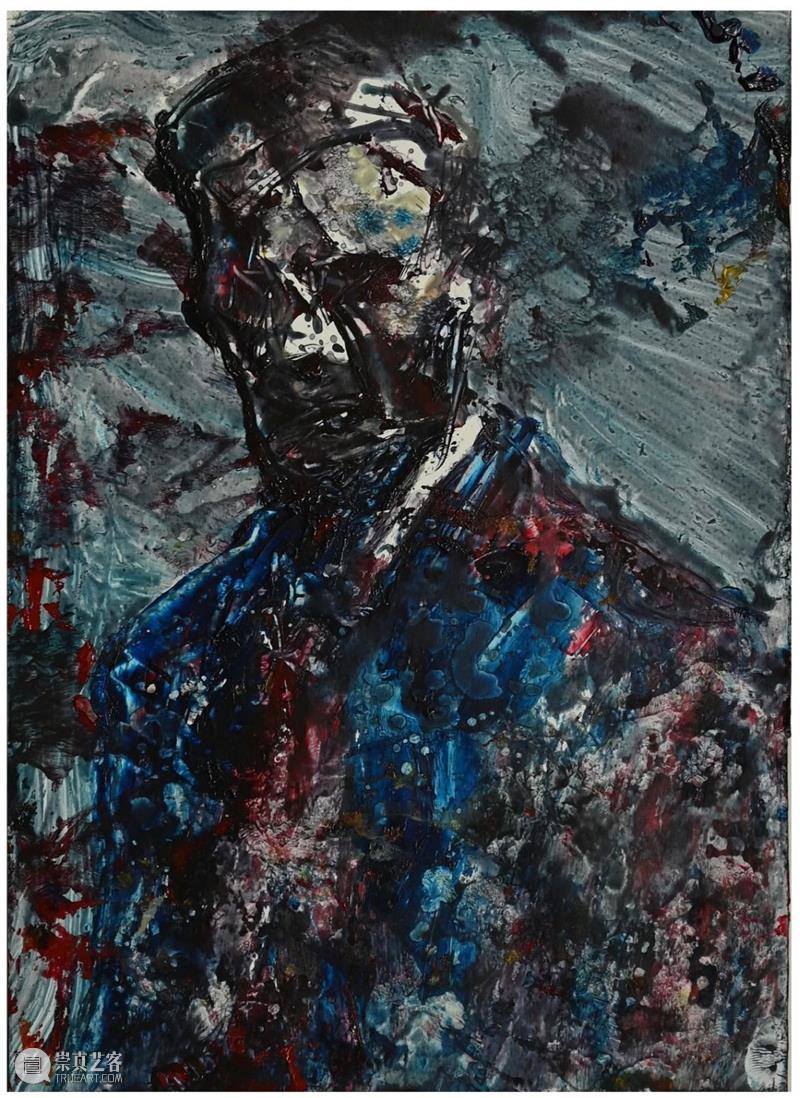
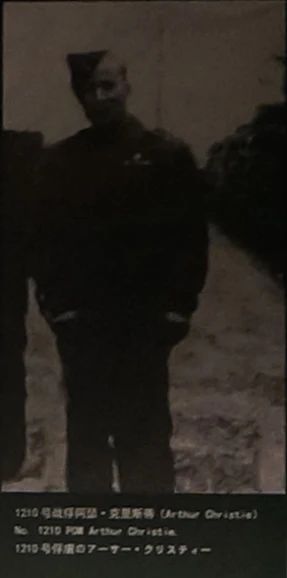

















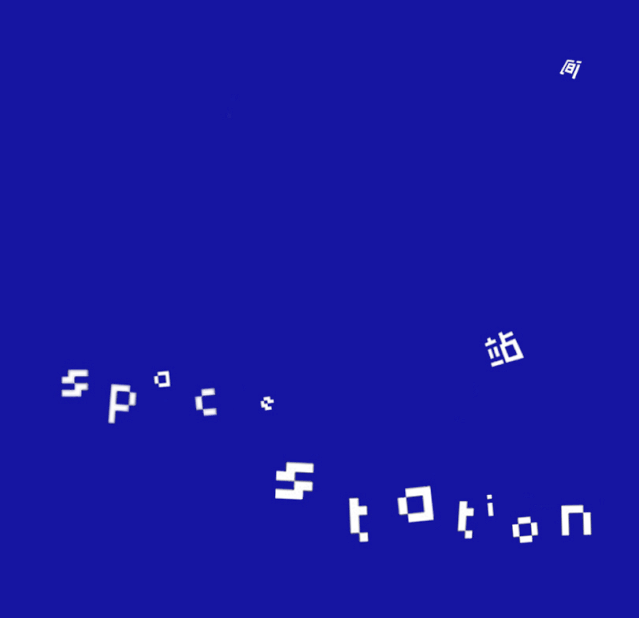







 分享
分享